
Adventure Rating in Dubai
TOP-79 adventure's step-by-steprecipes & lifehacks

The man-made archipelago of Palm Jumeirah is small if to compare with two its sisters - Palm Jebel Ali and Palm Deira - but is the first of its kind, and is a famous symbol of the United Arab Emirates along with the Burj Al Arab Hotel and Burj-Khalifa.
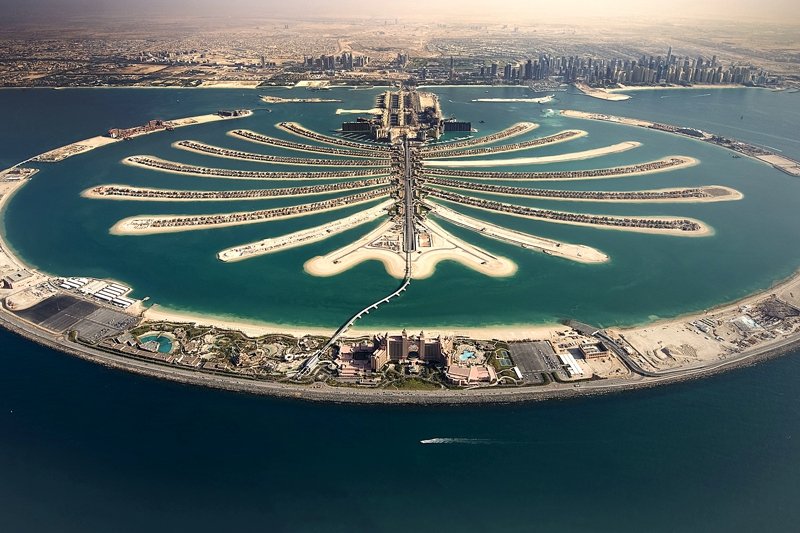
Creation History
In 2001, Sheikh Mohammed bin Rashi al Maktoumah decided to expand the coastline and create a paradise resort area in the waters of the Persian Gulf, without using concrete and metal structures. First, to create an island which could oppose waves and storms, using only sand and boulders, seemed an impossible task, but they did not intend to retreat.

Photo: Palm Jumeirah project
The construction of the Palm Island began. First a five kilometer breakwater appeared, designed to protect the island from the Shamil storm. Then the construction of the island itself began, the "leaf" after "leaf" and a huge island appeared slowly and without difficulties.

The construction was harder because the sand of the Arabian deserts was not suitable for construction - it is too small and easily washed. Therefore, tons of sand had to be extracted from the bottom of the Persian Gulf with colossal efforts and delivered to the coast. If to take all this sand and stones used in the construction, it would be enough to build a 2.5-meter wall around the earth.
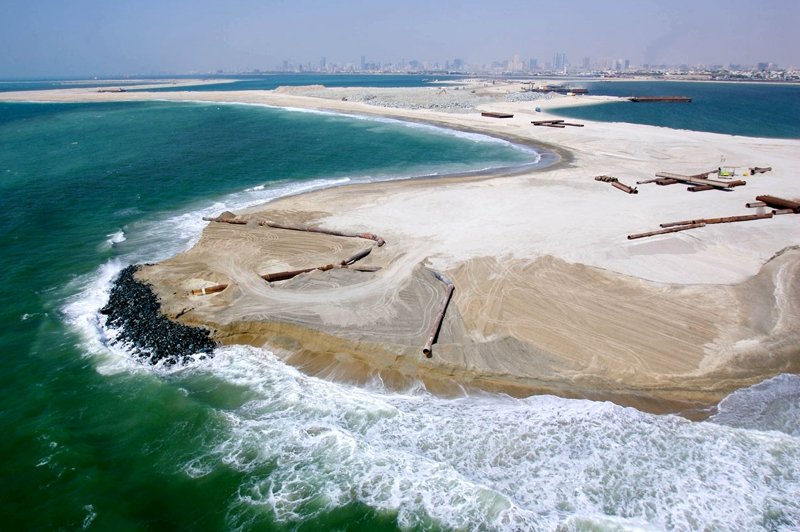
After 5 years, human talent, perseverance and science won the nature. The Palm Island was ready to receive residents in 2006. On the "leaves" luxury villas and hotels found their place and on the trunk of the tree restaurants, parks, shopping and entertainment complexes, water parks, and beach clubs were located.
Three months later, an amazing coral reef with two flooded F-100 planes was added to this magnificence to attract divers and strengthen the island's defense with a barrier reef.
Interesting facts
• The Palm Jumeirah breakwater reaches three meters in height and eleven and a half meters in length.
• The size of Palm Jumeirah is 5.72 km².
• Houses and villas were sold out only in three days (mostly by celebrities).
• Construction of the Palm Island costed $7 billions.
• Palm Jumeirah is distinguishable from the space by the naked eye (along with the Chinese wall).
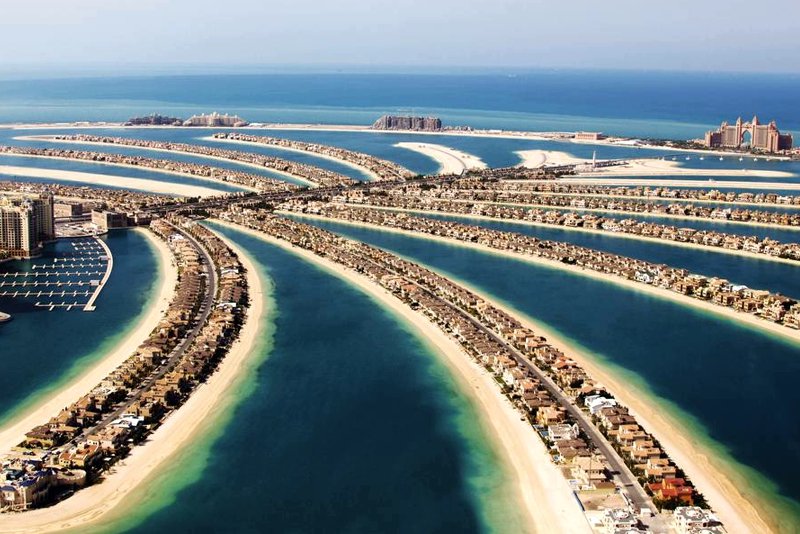
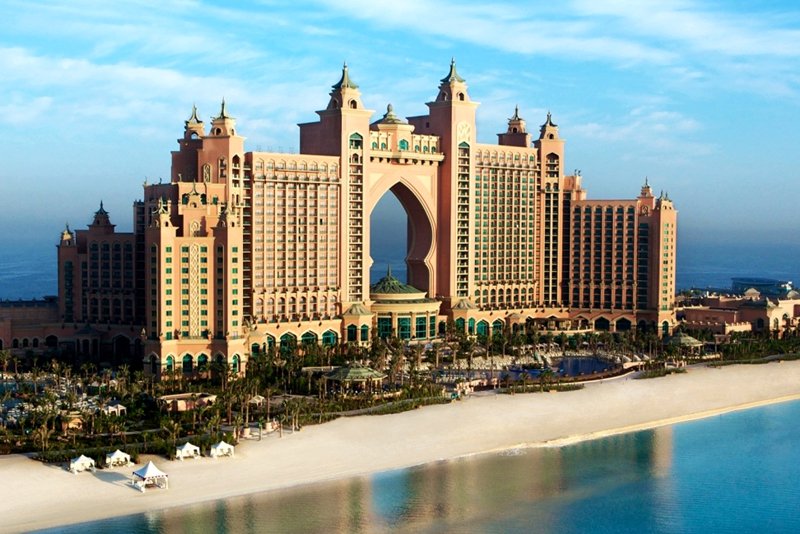
The back side of luxury
Despite the greatness and beauty of the island, environmentalists are not too happy about such changes in the flora and fauna of the Persian Gulf. After all, such changes are undoubtedly fraught with consequences. The authorities responded to numerous demands to protect the marine inhabitants and built up part of the coast with artificial reefs, in addition, they promised that in the near future it is planned to transfer "palms" on a clean energy sources so as not to pollute the environment.
The stagnant water in the bays of the archipelago remained an important problem. A breakwater is vital for protection, but it undoubtedly interferes with the renewal of water. Despite attempts to cope with this problem, the visible result has not yet been achieved.
The last, but not the least problem or question is its durability. How long can such a huge, but, oddly, fragile Palm Island Jumeirah stand under climate change, rising water level and raging waves washing away the sand right under the feet? The creators of the projects reassure investors that in the next 800 years there is nothing to worry about, and you can easily acquire a piece of paradise on earth.
How to get here
You can get to the Palma Jumeirah island by taking a taxi, renting a car or riding on a monorail along the overpass (the first monorail in the Middle East).



 по-русски
по-русски en Español (pronto)
en Español (pronto)
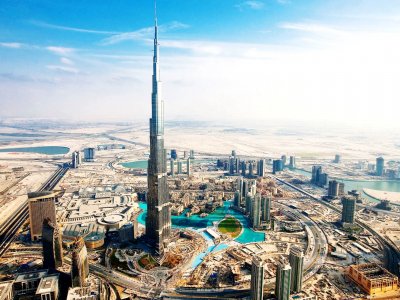




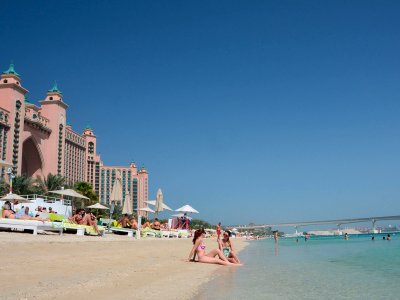


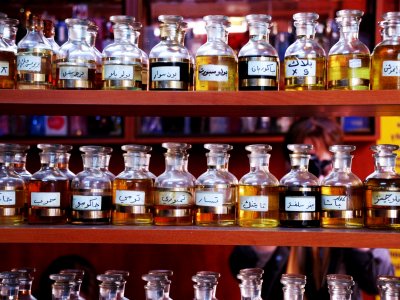
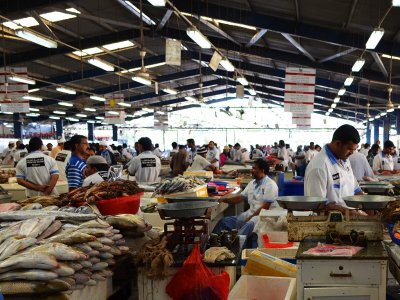

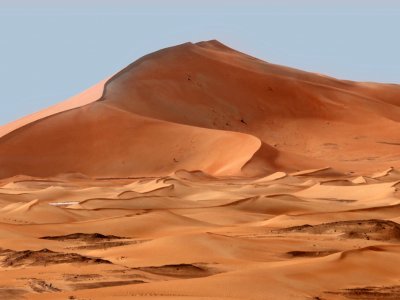
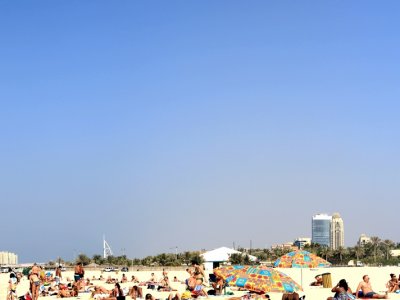
Reviews